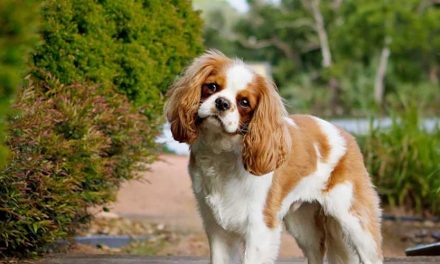The Russian Cossacks, known for their legendary horsemanship and fierce independence, have a deep-rooted connection with dogs that has evolved over centuries.
These canines have not only served as loyal companions but have also played vital roles in various aspects of Cossack life, from herding and hunting to military pursuits and cultural traditions.
Historical Context
The Cossacks, originally groups of semi-nomadic people, emerged in the 14th century along the southern borders of Russia and Ukraine.
They were renowned for their warrior ethos, living on the fringes of the Russian Empire and often acting as frontier guardians.
In such a rugged landscape, dogs became indispensable allies, helping Cossacks navigate the challenges of their environment.
Herding and Protection
One of the primary roles of dogs among Cossacks was herding livestock.
Cossack communities relied heavily on cattle, sheep, and horses for their livelihood.
Breeds like the Central Asian Ovcharka, also known as the shepherd dog, were essential for guarding flocks against predators such as wolves.
These dogs’ protective instincts and ability to work alongside horses made them invaluable to Cossack herders.
Hunting Companions
Cossacks were known for their hunting prowess, and dogs played a crucial role in this aspect of their culture as well.
Breeds like the Russian Hound were used for tracking and retrieving game, facilitating hunting activities that provided food and resources for the community.
The bond between a Cossack hunter and his dog was rooted in trust and mutual respect, with dogs trained to respond to the specific needs of their human counterparts during hunts.
Military Significance
During various military campaigns, Cossack units often included dogs trained for specific roles.
These dogs served as sentries, warning of approaching enemies, and some were even trained to carry messages.
Their keen senses and strong loyalty made them effective partners in combat situations.
The historical accounts of Cossack battles often reference the bravery and competence of these canine companions, emphasizing their importance on the battlefield.
Cultural Symbolism
Beyond their practical uses, dogs hold a place of cultural significance among Cossacks.
They symbolize loyalty, bravery, and the bond between humans and animals.
Folklore and songs often feature dogs as heroic figures, reflecting their integral role in Cossack identity.
Stories of Cossack warriors and their faithful dogs evoke a sense of camaraderie, showcasing the deep connection that has existed for generations.
Modern-Day Implications
Today, while the lifestyle of Cossacks has evolved, the relationship between Cossacks and dogs remains strong.
Many Cossack communities continue to value traditional breeds and practices, preserving the roles these dogs play in their way of life.
Whether through herding, hunting, or simply as faithful companions, dogs remain a cherished part of Cossack culture.
Conclusion
The relationship between dogs and Russian Cossacks is a testament to the enduring bond between humans and animals.
From their practical roles in herding and hunting to their symbolic presence in Cossack culture, dogs have significantly shaped the lives of Cossacks throughout history.
As we look to the future, this connection serves as a reminder of the harmony that can exist between species, rooted in loyalty, companionship, and mutual benefit.









